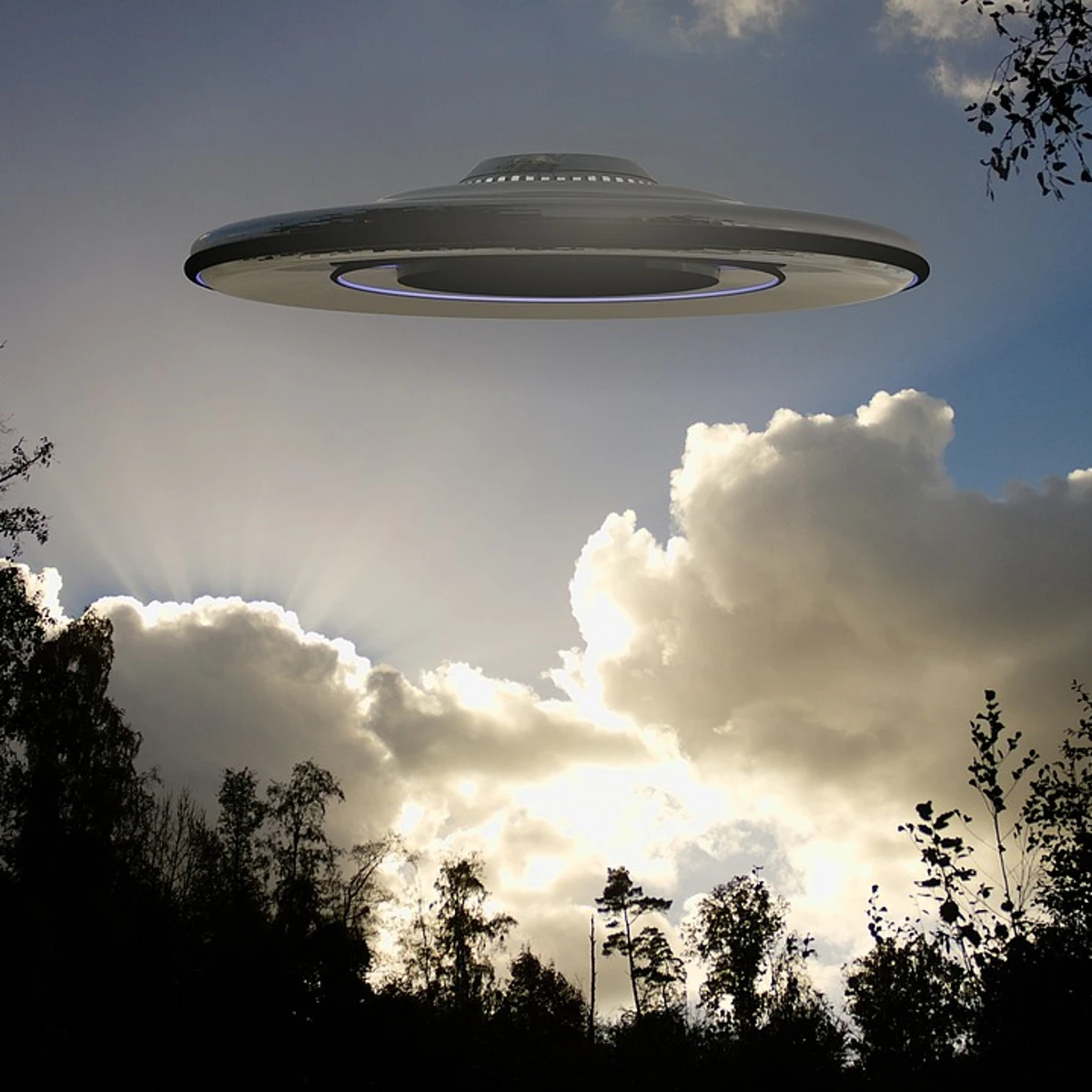Delve into the fascinating world of quantum time theories and embark on an astonishing journey through the universe of modern physics. In an attempt to unravel the deepest mysteries of the universe, scientists have developed fascinating theories that challenge our understanding of reality. From the peculiar dual nature of light to the strange implications of quantum entanglement, quantum time theories represent the limit of our scientific knowledge.
This content will explore quantum theories of time, a topic that may seem abstract and complicated, but we will try to break it down into simple and accessible terms for everyone. In addition, we will discuss the relevance and impact of these theories on our understanding of the universe and how they could shape the science of the future.
In addition to the basic principles of quantum physics, some of the most cutting-edge theories in the field will also be addressed. From wormholes to the possibility of time travel, these theories are not only intriguing but also offer unique insight into how the universe might work at its most fundamental levels.
Finally, we'll delve into how these quantum theories of time could impact our understanding of reality. How does our worldview change if time is non-linear? How would it affect our lives if we could manipulate time at the quantum level? Get ready for an exciting journey through time and space, a trip that will challenge your preconceptions and leave you with a new appreciation for the wonder of the quantum universe.
The fascinating world of Quantum Time Theories
Quantum mechanics, one of the most complex and mysterious areas of modern physics, offers an intriguing view of time. According to quantum theory, time is neither linear nor absolute, but a dynamic and relative phenomenon that can fluctuate and deform.
The Relativity of Time in Quantum Mechanics
The idea of time relativity comes from Einstein's theory of special relativity. According to this theory, time is relative to the observer, meaning that it can move faster or slower depending on speed and gravity. However, in quantum mechanics, this idea is taken to a whole new level.
In quantum theory, time is seen as a quantized entity, meaning that it exists in discrete packets, or “quanta.” This means that time does not flow continuously, but in small jumps, or “ticks.” This idea is counterintuitive and challenges our everyday perception of time, but it is supported by a lot of experimental evidence.
Time and Quantum Superposition
Another surprising feature of time in quantum mechanics is the phenomenon of quantum superposition. According to this principle, a particle can exist in several different states at the same time, until it is measured or observed.
Applied to time, this means that an event can occur at several different times at the same time, until it is measured or observed. This idea is so strange and baffling that even the most expert physicists struggle to fully understand it.
Implications of Temporal Overlap
The implications of temporal superposition are enormous. For example, it suggests that the future can influence the past, a phenomenon known as “retrocausality.” It could also allow for time travel, at least in theory.
Time and Quantum Entanglement
Finally, time in quantum mechanics is intrinsically linked to the phenomenon of quantum entanglement. In entanglement, two particles become inseparably connected, such that the state of one particle instantly affects the state of the other, no matter how far apart they are.
The Influence of Time on Quantum Entanglement
In terms of time, this means that events can be instantly connected through time, no matter how far apart they are in space. This phenomenon, known as “spooky action at a distance,” has been confirmed in numerous experiments and is one of the strangest and most surprising features of quantum mechanics.
Exploring the Quantum World

To better understand the complex world of quantum time theories, here are some key concepts:
- The relativity of time: Time is not absolute, but depends on the observer and can vary depending on speed and gravity.
- Quantization of time: Time does not flow continuously, but in small “ticks” or quanta.
- Quantum superposition: An event can occur at several different times at the same time, until it is measured or observed.
- Quantum entanglement: Events can be instantly connected through time, no matter how separated they are in space.
These concepts are just the tip of the iceberg in the fascinating world of quantum time theories. As we continue to explore this enigma of modern physics, we can expect even more surprising discoveries in the future.
Conclusion
In short, the intriguing world of Quantum Time Theories invites us to re-evaluate our perception of time, challenging the notion of linearity and absolutism. These theories, rooted in quantum mechanics, advocate that time is a quantized entity, existing in discrete packets, and can vary depending on factors such as speed and gravity.
The phenomenon of quantum superposition suggests the possibility of multiple temporal states coexisting until they are measured, introducing fascinating concepts such as retrocausality and the theoretical possibility of time travel. Furthermore, quantum entanglement raises the idea that events can be instantaneously connected through time, regardless of their spatial separation.
These concepts are just the tip of the iceberg in the fascinating universe of quantum time theories, and there are still many mysteries to be unraveled. As we continue to explore this enigma of modern physics, we can expect ever more astonishing discoveries that will bring us closer to understanding the true fabric of time.
It is clear that time in quantum physics is a world unto itself, a sphere of study full of surprises and mysteries that will continue to fascinate us in our tireless quest for knowledge.



